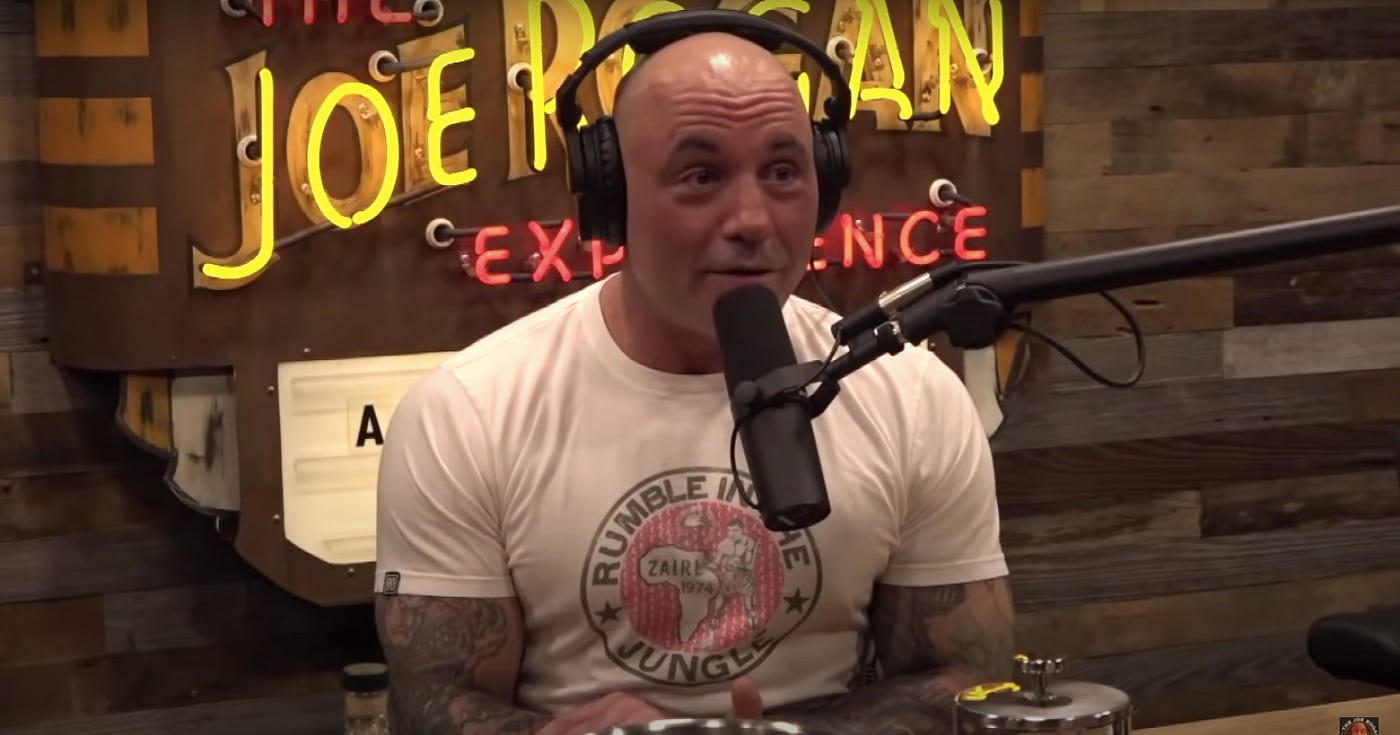Modern Trends Through An Established Lens
Ever wonder about how 60s media philosophers would categorize media and trends today?

Social media is a prevailing and often misunderstood form of media and communication. Two separate media theorists, Marshall McLuhan and George Gerbner helped propose especially helpful modes that can help us understand media and internet culture better, even if their works were from the 1960s.
McLuhan posited the idea of “the medium being the message” as in the certain media and the way messages are interpreted are based on the ways that they are introduced to us. He also introduced the global village theory, the most basic form of which being that humans are being increasingly more connected through new forms of media.
Gerbner, a media psychologist, also thoroughly discussed the ways in which media affects people, primarily through his cultivation theory and mean world syndrome. As Dr. Cynthia Vinney, a scholar in media psychology, says,
“Gerbner proposed that media presents homogeneous messages about issues like crime and violence. Therefore, people who watch a lot of TV eventually adopt a shared understanding of social reality because they absorb the messages being presented to them”
Gerbner focused a lot on media violence, and one of the terms that he coined was mean world syndrome, in which violence portrayed in media could make people perceive the world as more dangerous than it is.
Social media is an example of media that can be better understood by looking through the lens of media psychology. In recent years, social media has begun to boom, with popular sites such as Instagram, Twitter, and TikTok. All of these sites (and many, many more) employ an algorithm, or, a set of data specialized to each individual, learning the individual’s interests and opinions so it can better push material onto the individual that they would like. However, social media often has an issue with sensationalization, where problems are made to be overblown and made to seem as shocking as possible, the real story often taking a backburner position.
Applying McLuhan’s theories, social media can be seen as untrustworthy, as the material is far more less regulated than that of a traditional news outlet. Within social media, it is also far easier for misinformation to spread, as people are less inclined (and not required) to fact check before they post, unlike news outlets. During the Covid-19 pandemic, Joe Rogan, a popular internet personality, interviewed Dr. Robert Malone, a virologist. During this interview, Malone stated that hospitals were financially incentivized to falsely diagnose Covid and that hospitals were deemed untrustworthy. Rogan, through his immense platform, bolstered this idea (Btw, this is the reason why Joni Mitchell had her music pulled off of Spotify for years up until recently).
With global village theory, which can also be coupled with Gerbner’s cultivation theory, we can also see the ways in which social media can unite people. Though fake news can spread quickly on social media, compared to the past, it has never been easier to “go viral” especially with sites such as TikTok. One simple video that happens to get pushed to the right audience and then to a mass amount of people could cause it to go viral. On TikTok, people have been posting videos in support of Palestineans in the global conflict and raising money towards reuniting families. A popular example includes the many filters that have been made, often watermelon themed games that, when a certain number of users is reached, makes it so that the creator earns money and is able to donate the amount.
Gerbner’s mean world syndrome can also be compared to McLuhan's, the medium being the message theory, in the sense that, on social media, there was a popularization of a myth from the early 1990s, in which sex traffickers or serial killers would hide under women’s cars and slash their achilles’ tendons, making them unable to run away. However, this strategy is a lot less common than people online believe, and yet, it has caused many people to be afraid to step into their cars, especially at night, with one woman writing, “Before getting within 200-feet of my vehicle, I always check for anyone underneath my car or a neighboring one. Attackers have been known to sit under cars and cut their victim’s Achilles tendon leaving them unable to run away” directly writing that videos circulating on the internet, specifically TikTok, have brought these situations to her attention.
Social media has many benefits in the ways that it can bring communities together to help each other. However, one of its biggest pitfalls will be the ways in which misinformation can be spread. While its nature of being less regulated is why it is appealing to so many, I believe a way that misinformation can be more limited is by more social media companies following the same method that Twitter did, by adding Community Notes. Done by correcting misinformation within Tweets or adding context when necessary, these corrections can often come hastily, and it is unclear whether these notes are done by people who are especially qualified to give an unbiased opinion. So, social media companies should be hiring individuals with specific specializations who can help correct misinformation, such as the Community Notes have done to a general success despite their… less than successful cash flow due to advertisers pulling out. So maybe don’t copy everything Twitter has to offer.
- Alaïa xx
Hey! Thanks for reading! This article was oddly a long time in the making, a lot of research went into it so I hope you enjoyed :)
Make sure to share AuxComp with a friend and subscribe as it’s the best way to support me and my work.





